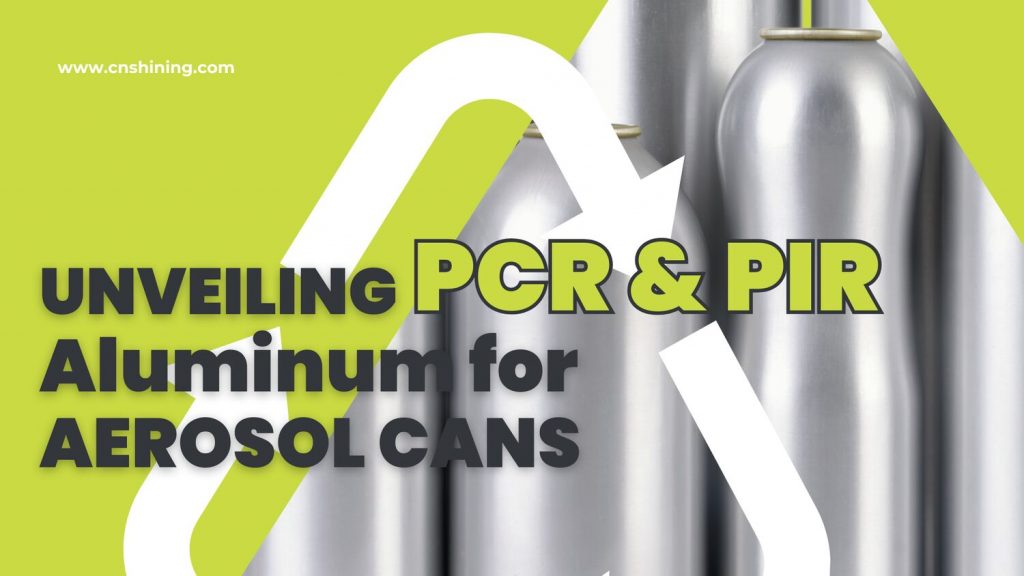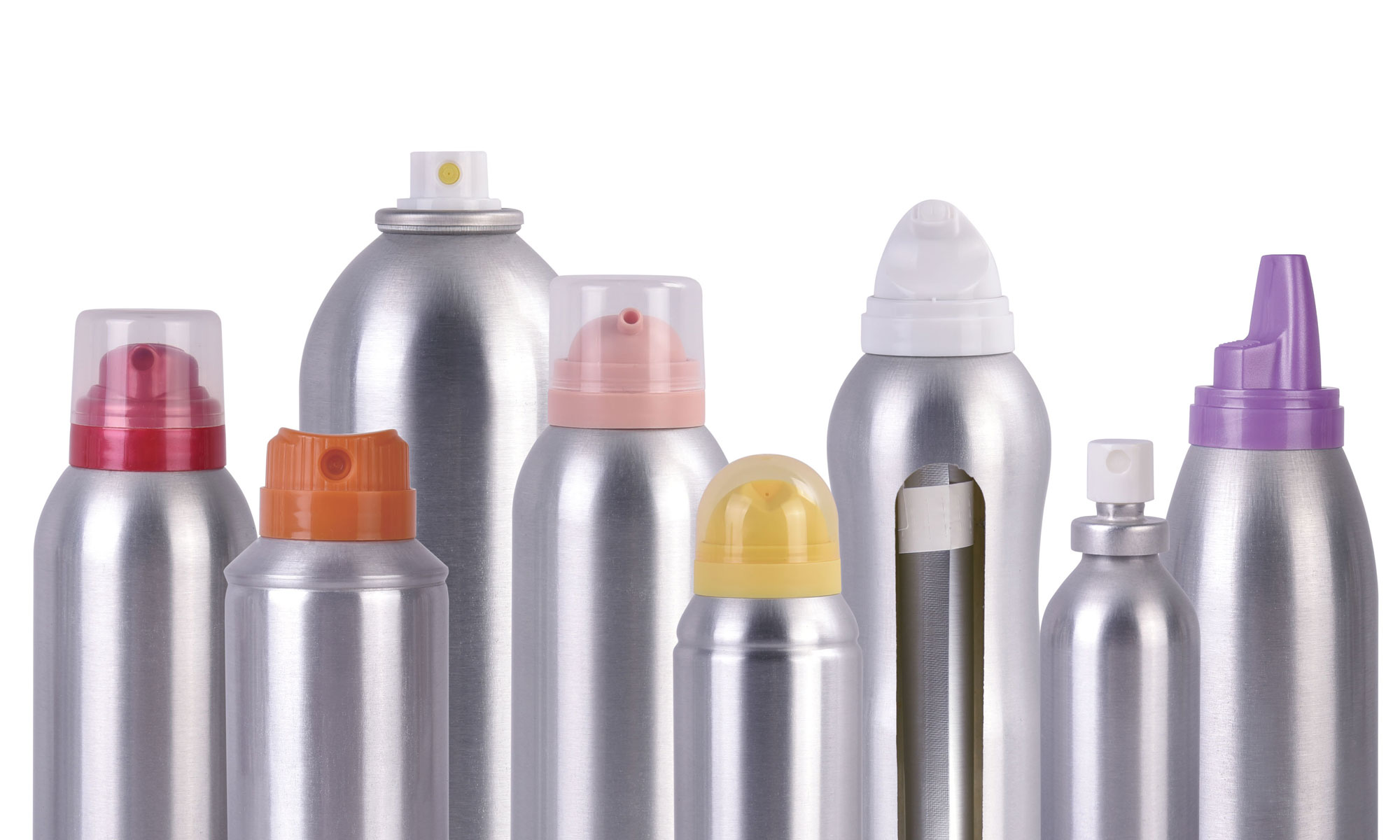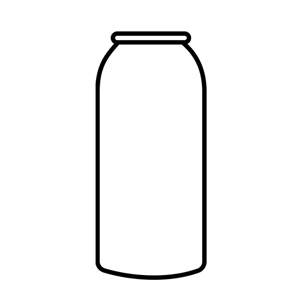
In today’s eco-conscious world, the demand for sustainable packaging is reshaping industries. As a leading Chinese manufacturer of aluminum aerosol cans and aluminum bottles, we recognize the growing importance of materials like pir aluminum and pcr aluminum. These recycled aluminum variants are not just buzzwords—they represent a shift toward greener production and compliance with global environmental regulations. This article introduces Post-Consumer Recycled (PCR) and Post-Industrial Recycled (PIR) aluminum, exploring their definitions, significance, and evolution in the aerosol can industry.
What Are PCR and PIR Aluminum?
PCR and PIR aluminum are types of recycled aluminum that play a pivotal role in sustainable packaging. Understanding their differences is key to appreciating their value:
- PCR Aluminum: Derived from aluminum products discarded by consumers, such as used cables, beverage cans, or lithographic plates. After reaching the end of their useful life, these materials are collected, sorted, and recycled into new aluminum products.
- PIR Aluminum: Sourced from industrial manufacturing waste, such as trimmings, cuttings, or defective pieces generated during production. These scraps are recycled before reaching consumers, making PIR a “pre-consumer” recycled material.
Both materials contribute to a circular economy by reducing the need for virgin aluminum, which has a significantly higher environmental footprint.
Why Sustainable Packaging Matters
The push for eco-friendly aluminum stems from both consumer preferences and regulatory pressures. Studies show that 70% of global consumers prefer products with green packaging solutions, and regulations like the EU’s Circular Economy Action Plan mandate higher recycled content in packaging. For manufacturers, adopting PCR and PIR aluminum offers multiple benefits:
| Benefit | Description |
|---|---|
| Environmental Impact | Recycling aluminum uses 95% less energy than producing virgin aluminum, slashing carbon emissions. |
| Brand Image | Using recycled aluminum cans enhances a brand’s reputation as environmentally responsible. |
| Cost Efficiency | Recycled materials can reduce raw material costs, especially as virgin aluminum prices fluctuate. |
| Regulatory Compliance | Meets stricter environmental laws, avoiding penalties and ensuring market access. |
The Evolution of PCR and PIR Aluminum
The use of recycled aluminum in packaging dates back to the 20th century, but its prominence has surged in recent decades. Key milestones include:
- 1970s: Initial aluminum recycling programs focused on beverage cans, laying the groundwork for PCR aluminum.
- 1990s: Industrial processes improved, enabling PIR aluminum recovery from manufacturing waste.
- 2000s: Global standards like the Global Recycled Standard (GRS) emerged, ensuring traceability and authenticity of recycled materials.
- 2020s: Rising consumer demand and stricter regulations have made PCR and PIR aluminum essential for aerosol can manufacturing.
Today, approximately 75% of all aluminum ever produced remains in use, thanks to its infinite recyclability. This statistic underscores aluminum’s role as a cornerstone of sustainable packaging.
Why Choose PCR and PIR Aluminum for Aerosol Cans?
Aluminum aerosol cans and bottles are ideal candidates for PCR and PIR aluminum due to their lightweight, durable, and recyclable nature. Here’s why these materials are transforming the industry:
Environmental Benefits
Producing virgin aluminum generates significant environmental harm, including bauxite mining and high energy consumption. In contrast, PCR and PIR aluminum offer:
- Lower Carbon Footprint: Recycling aluminum emits up to 95% less CO2 than virgin aluminum production.
- Reduced Waste: PCR aluminum diverts consumer waste from landfills, while PIR aluminum minimizes industrial scrap.
- Resource Conservation: Recycling reduces the need for bauxite mining, preserving ecosystems.
Consumer and Market Appeal
Modern consumers prioritize sustainability, and brands using recycled aluminum cans gain a competitive edge. A 2023 survey by the International Aluminium Institute found that 65% of consumers are willing to pay a premium for products with green packaging solutions. For manufacturers, this translates to increased market share and customer loyalty.
Regulatory Compliance
Global regulations are tightening. For instance, EU’s 2030 recycling targets aim for 60% recycled content in packaging. Using PCR and PIR aluminum ensures compliance, avoiding fines and maintaining access to international markets.
Challenges and Opportunities
While PCR and PIR aluminum offer immense potential, challenges remain:
- Supply Chain Complexity: PCR aluminum requires robust collection and sorting systems, which can be logistically challenging.
- Cost Considerations: Secondary aluminum ingots can be pricier than virgin aluminum due to processing costs.
- Quality Control: Ensuring high purity (e.g., ≥99.5%) for food-grade aerosol cans demands rigorous testing.
However, these challenges present opportunities. Investing in advanced recycling technologies and partnering with industry associations like the International Aluminium Institute can streamline supply chains and enhance material quality.
Conclusion
PCR and PIR aluminum are revolutionizing the aluminum aerosol can industry. By embracing these eco-friendly aluminum materials, manufacturers can reduce environmental impact, meet regulatory requirements, and appeal to eco-conscious consumers. As demand for green packaging solutions grows, our factory is proud to lead the way in delivering sustainable, high-quality aluminum aerosol cans and bottles. Stay tuned for the next article in our series, where we’ll explore the production processes behind PCR and PIR aluminum.





















